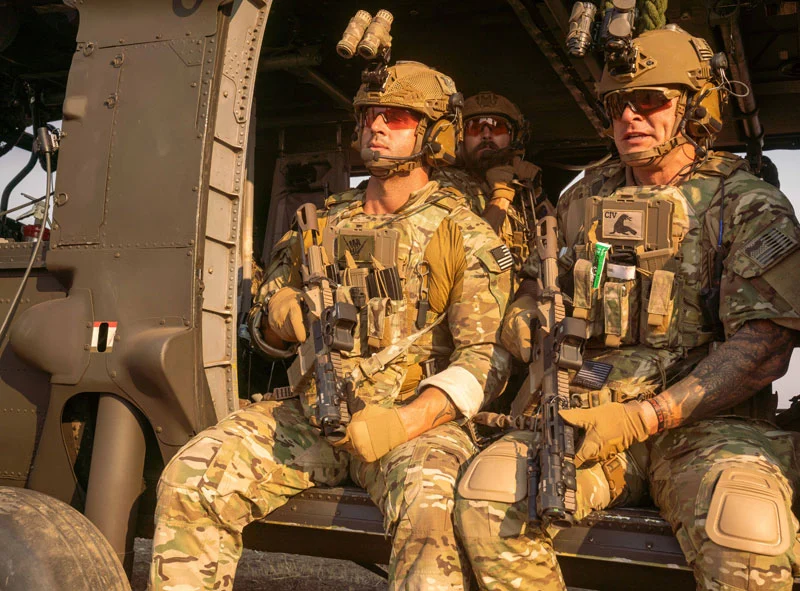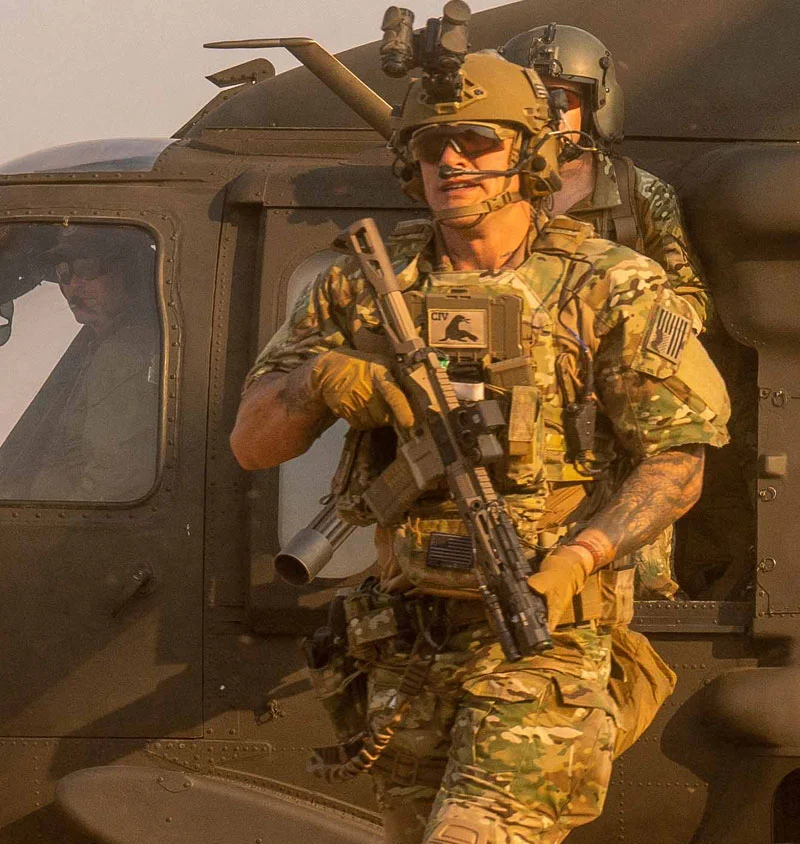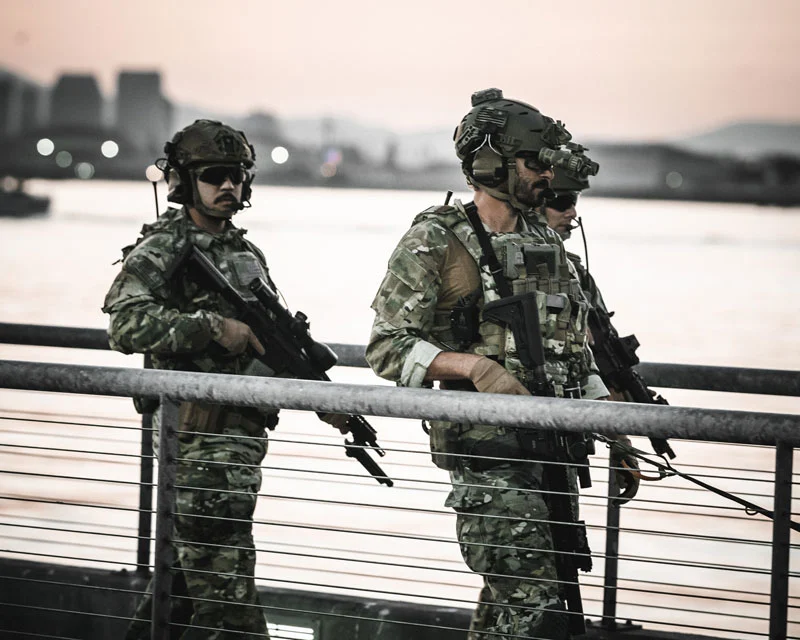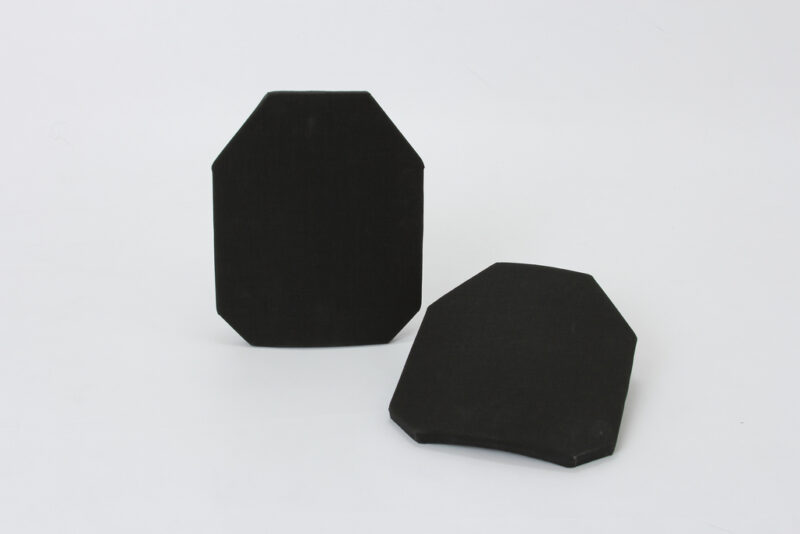Body Armor For Civilians vs. Military Use

When one hears about body armor, the initial image that comes to mind could be a combat soldier. However, what about civilians? With growing demands for personal protection, civilians increasingly resort to body armor to protect themselves from all threats. But exactly how is body armor used by civilians different from that used by soldiers? Are the materials, protection, levels, and designs the same? Let’s dive into this topic to understand the essential differences better.
Why Does Body Armor Matter?
First, let’s establish the basics: Body armor is designed to protect its wearer from ballistic threats, such as bullets, shrapnel, or even blunt force trauma. Whether you’re a soldier heading into combat or a civilian concerned about personal safety, the purpose is the same — to save lives.
But here is where things begin to diverge: The kind of threats, the setting, and the demand for mobility differ considerably in military versus civilian applications. Awareness of these variations provides insight into why particular armor solutions are customized for one category or another.
Military Body Armor: Constructed For Battle

Body armor is not merely a gadget for soldiers—it’s a savior in war zones. Soldiers encounter high-caliber rounds, shrapnel, explosions, and more, so their armor is specially crafted for such intense situations.
Major Features Of Military Armor
- Maximum Rifle Round Protection: Military armor is designed to safeguard against high-caliber rifle rounds. This translates to protection against the likes of AR-15s, AK-47s, and other military-issue rifles.
- Multi-Hit Protection: On the battlefield, troops do not encounter one bullet; they are likely hit numerous times. Armored military vests are meant to absorb multiple strikes and protect the wearer.
- Heavy-Duty Material: Advanced military body armor contains Kevlar and Ultra-High-Molecular-Weight Polyethylene (UHMWPE) and frequently integrates ceramic or steel plates. Such materials are utilized for their robustness, ability to absorb tremendous high-impact energy, and resistance to constant impacts.
- Heavier but Stronger: Military armor tends to be heavier and bulkier than civilian armor. This is a compromise—greater protection often comes at the cost of a little less flexibility and mobility. Soldiers must wear armor under harsh conditions for hours, so the emphasis is on providing maximum protection, even if it adds a little weight.
Civilian Body Armor: Personal Protection For The Everyday World

Now, let’s change gears and examine body armor for civilians. Although the dangers civilians encounter are not usually as severe as those on the battlefield, personal safety issues are still a very real concern, whether it’s protection in high-risk urban environments or the protection of individuals in active shooter situations.
Key Features Of Civilian Armor
Lightweight and Concealable: Civilian body armor is meant for everyday wear. It’s lightweight and frequently made to be worn discreetly under clothing. Many civilians require armor that doesn’t shout “bulletproof vest” to the rest of the world.
- Protection against Handguns and Lower-Caliber Rifles: Civilian armor primarily protects against handguns (Level II and IIIA), but higher armor levels can withstand lower-caliber rifles. As the Level III body armor defends against attacks such as 5.56mm NATO rounds, it is less strong than military-issued protection.
- Comfort is paramount: Because civilians might be wearing body armor for extended periods or in multiple environments (office, home, or on the commute), comfort comes first. Armor is usually flexible and allows for air, with padded panels constructed from Kevlar or UHMWPE that can be worn easily under everyday clothes without discomfort.
- Affordability: Civilian body armor is also less expensive since it’s produced using lower-level materials and isn’t subjected to the same top-level requirements for military-grade protection. This reduces the cost of the armor and makes it easier for individuals requiring personal protection to access it.
Comparing Levels Of Protection: What Can and Can’t Be Stopped By Armor

Among the most critical factors in body armor is its protection level. The National Institute of Justice (NIJ) designates protection levels by breaking down armor into categories.
Protection of Military Armor:
Military armor is meant to repel the most dangerous threats. Standard-issue armor worn by soldiers typically consists of the Level III and Level IV classes:
Level III: Protects against 7.62x51mm NATO ammunition—this is common for rifle protection.
Level IV: Deflects armor-piercing rounds. This level is critical in combat environments where troops are exposed to being struck by rounds that can penetrate standard armor.
Civilian Armor Protection:
Civilian body armor is usually available in lower protection levels since civilians are more exposed to threats from handguns or low-caliber rifles than from military projectiles:
Level II & IIIA: Guard against typical handgun threats, including 9mm or.44 Magnum. These are light and comfortable, perfect for everyday carry or unobtrusive wear.
Level III: This is where civilian armor becomes more substantial. It guards against threats such as 5.56mm and 7.62mm rounds but isn’t as rugged as military armor.
Level IV: This is not an everyday choice for civilians, but it protects against armor-piercing ammunition. It is bulky and heavy, but must be used by those needing extra protection.
The Comfort Factor: How Does Armor Feel to Wear?
One of the most significant differences between military and civilian body armor is comfort.
Military Armor
Soldiers’ armor must withstand harsh conditions, but sacrifice comfort for protection. The equipment is heavier and less flexible, and soldiers wear it in very hot or cold conditions. Nevertheless, the main concern is that soldiers are protected during combat, even if it is uncomfortable.
Civilian Body Armor
Conversely, civilians wear their body armor many hours a day when not on the job. Comfort is paramount. Accordingly, civilian body armor tends to be significantly lighter, more ventilated, and more mobile. A few products even offer greater flexibility, with soft body armor panels that are made to bend freely with the body.
Cost Considerations: Is Military Armor Worth It?
Lastly, let’s discuss the cost. Military armor is expensive because it’s designed to last through harsh combat conditions. Due to the materials and the level of protection, military armor can range from hundreds to thousands of dollars.
Civilian body armor, though, is usually cheaper. While still very protective, it’s meant for less extreme use, and the materials are less costly. Prices for civilian armor vary from a few hundred dollars for a soft armor vest to several thousand dollars for advanced, rifle-rated plates.
Final Thoughts: Which Armor Is Right For You
The right body armor is all about your needs, whether you are a civilian or a military member. Military body armor is designed to meet the harsh realities of war, offering multi-hit capability and protection against high-caliber rounds. Civilian armor is geared towards providing useful, day-to-day protection against more typical threats, such as handguns or lower-caliber rifles.
Frequently Asked Questions
Can I legally purchase body armor as a civilian?
Body armor is sold to civilians in most nations, including the United States. Certain places have restrictions, especially regarding high-threat protection or armor for military personnel.
Are civilian body armor levels the same as military armor?
Civilian body armor generally protects against handguns and smaller-caliber rifles, whereas military armor is built to resist high-velocity rifle rounds and more than one impact. Civilian armor is more comfortable and lighter, but typically not as protective as military-grade armor.
What should I be looking for when selecting civilian body armor?
Keep in mind comfort, level of protection, and concealability. Consider what kind of threats you will encounter—if you are more worried about handguns, Level II or IIIA may be adequate, but if you need to be protected from rifles, seek Level III or IV plates.

